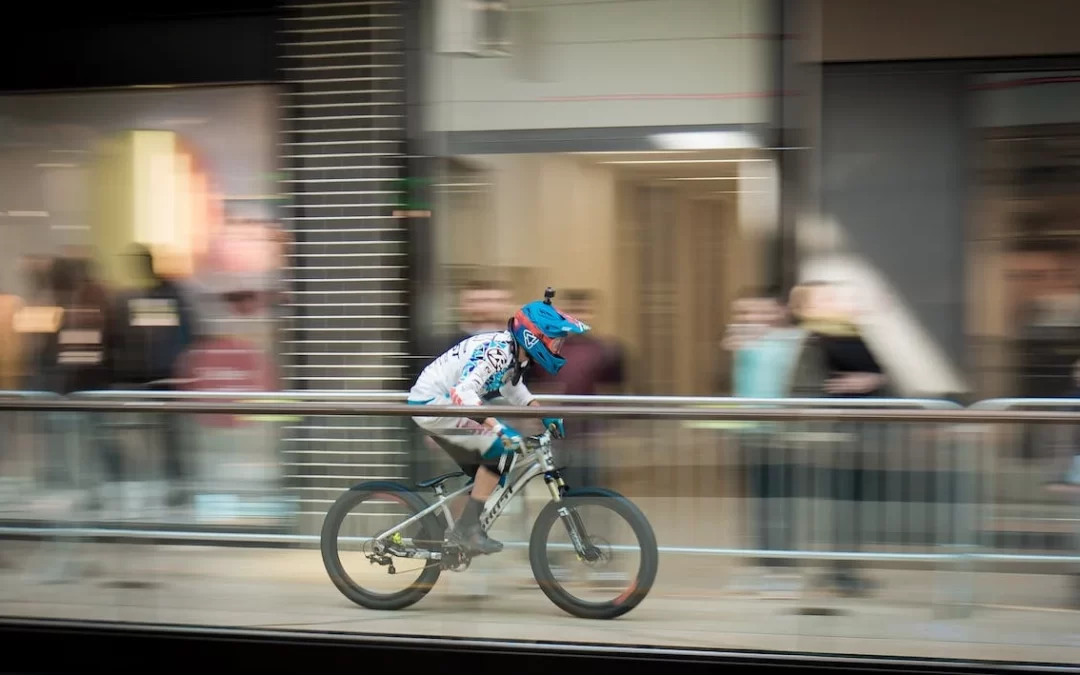How Many Speeds Does a Bike Have?
Biking enthusiasts or professionals must know one or two things about their two-wheeler better than ordinary cyclists. That’s because cycling is their love and perhaps their means of livelihood. For amateur cyclists or bikers, many questions may linger in their minds about the bike and its specs.
Some may wonder if bikes have speeds and, if yes, they ask themselves this question: how many speeds is my bike? The question may lack an answer at face value unless you find information about it. That’s why, in this piece, we’ll take you through the available bike speeds.
You’ll find that some bikes are ideal for your uphill escapades, others for slow weekend journeys, and yet some for downhill. Again, depending on your bike’s brand, others will serve you well in some pretty unwelcoming terrain. Ideally, there are slow, normal, fast, and super-fast bike speeds.
Understanding your Bike’s Speed
Apparently, it’s easy to figure out your bike’s speed! It doesn’t matter whether it has a worn out or missing shifter; the counting takes only a few multiplications. The process of bike speed identification involves the following:
Partial Identification
Bikes come with two gear sets; the first is the crank, which is basically the bike’s arm where the pedal attaches itself. The second gear set is on the back wheel, centered in the wheel, but on the same side as the crank.
This back gear, also known as the cassette cog, works in tandem with the first gear. Your bike’s chain wraps around the sprockets, or gear sets, to control your pedaling difficulty and cadence. Every position change of the indicator on the shifter moves the chain between the gears. Eventually, the front and rear derailleurs move too!
Counting and Multiplication
As your bike moves, count your gears by the crank. The numbers you’ll see are one, two, or three gears. Do the same for the rear wheel. Here, you can get a range of one to ten. You can then get your bike’s speed by multiplying the front gear numbers by the rear ones.
Practically, two front gears multiplied by five rear gears give a 10-speed bike. Any other number multiplied in the same way will give the bike’s corresponding speed. Looking at the process, we think you don’t have an expert to help you know your bike’s speed. Do you?
Seven-speed Vs. 21-speed Bike
Most people settle for either the slowest or fastest speed bike, especially those who know nothing about bikes. The commonly used bike speeds are the seven-speed and 21-speed bikes. However, the chosen two-wheeler depends on your riding style.
A seven-speed bike is ideal for most riders due to being slower, having fewer gears, and having a less complicated body build. Of course, with these simple specs, its price is also pocket-friendly. The 21-speed bike is the opposite.
It’s generally faster, with an augmented element of smooth pedaling and transitions. The 21-speed two-wheeler makes for an ideal commuter bike. When choosing between the two speed bikes, your riding style and comfort level take center stage.
Types of Speed Bikes
Bikes come in either slow or super-fast; they can belong to those two classes. You can either buy a single-speed or multi-speed bike to perform various roles. Which bikes are these, then, if you want to answer the question, “How many speeds is my bike?” comfortably?
Single-speed Bikes
A single-speed bike is any two-wheeler with a single front gear and a single back gear. The bikes don’t work with shifters on the handlebars since they don’t have a place for the chain. This bike just needs pedaling forward to move and backward to stop.
You can use it to run simple errands, such as exercising or taking your baby out to catch some fresh air in the neighborhood. The bike’s maintenance is as simple as regular lubrication. It works well on flat ground and is easy to store.
Three-speed Bikes
These bikes give you a little more aggression with the biking experience. Once in a while, you can weave in and out of traffic with ease on this bike. These bikes have faster speeds than single-speed bikes; you can tackle downhill, flat, and uphill terrain with them. Break some sweat with these bikes; it’s healthy!
Multiple-speed Bikes
If you’re a thrill-seeker on a bike, then a multiple-speedster is for you. It’ll help you traverse any terrain you can think of off-hand. Talk of darting in and out of situations, climbing hills, or going fast. It has you covered.
The beauty of it all is that it responds to your commands while still being easy and comfortable to ride. This cruiser has as many as seven speeds, coming as a stocked two-wheeler with the precise thrill you need. Pedaling this bike is effortless, and generating the speeds and movements you desire comes easily.
Final Remarks
Some bike speeds have become obsolete with sustained improvements in bike production, while others have improved. As you seek answers to your bike’s speed question, you need to know the purpose of the two-wheeler and your riding style.
If not for sporting or professional purposes, we suggest that you limit yourself to single-speed bikes. The recommendation centers around your bike’s use for limited and non-strenuous purposes. It’s also ideal to understand your locality to avoid investing in bikes that will neither serve you nor withstand the terrain.

